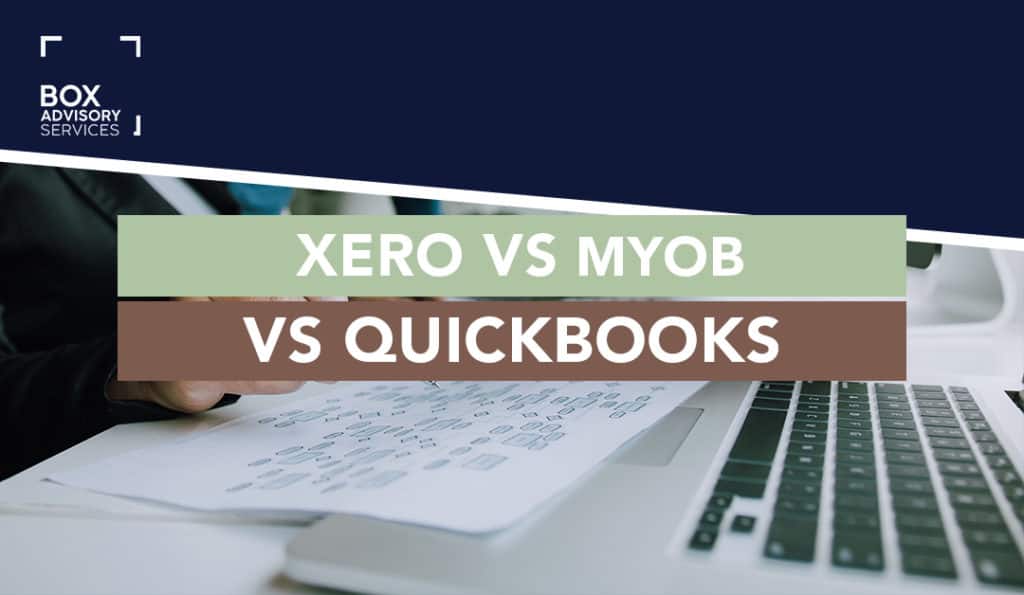
BY
|
Why Cash Flow Is Important (& What To Do About It)
Sitting around wondering why cash flow is important for your current venture? With financial issues a common painpoint for Aussie businesses, it’s more crucial than ever before to know why your money management is the be all and end all.
As a business owner, getting a handle on your cash flow is mission critical for survival and success – especially in this economy.
So, this article will lift the lid on why cash flow is important, what it actually is, and provide actionable tips for taking control of your cash flow.
Mastering cash flow management can mean the difference between just scraping by month-to-month and positioning your business for sustainable growth.
What is Cash Flow?
Cash flow refers to the net amount of cash and cash equivalents moving into and out of a business. It’s the difference between the money coming into your business from sales, loans, investments, etc. (inflows) and the money going out for expenses, loan payments, investments, etc. (outflows).
In simple terms, positive cash flow means more money is entering your business than leaving it. Negative cash flow means more money is exiting your accounts than entering them.
Cash flow differs from profit – you can be profitable but have poor cash flow if you aren’t collecting customer payments efficiently.
Similarly, you can have healthy cash flow but low or negative profits if you’re spending heavily.
The key components of cash flow are:
- Cash Inflows – This includes cash sales, accounts receivable collection, interest income, tax refunds, loans received, investments, etc. These are sources of cash entering the business.
- Cash Outflows – This covers operating expenses, tax payments, payroll, loan principal and interest repayments, inventory purchases, equipment investments and more. Outflows are the cash leaving the business.
Monitoring both inflows and outflows is crucial for managing liquidity – the cash available to cover costs and fund growth.
Why Cash Flow is Important In So Many Ways
Cash flow is the fuel that powers your business’s engine. Without adequate cash flow, even the most promising ventures can grind to a halt. Here are the key reasons why cash flow should be priority number one:
Pay Expenses and Bills
The most basic reason cash flow matters is to cover your operating expenses and pay suppliers. If cash isn’t coming in quickly enough to pay wages, rent, inventory, utilities and other obligations, you’ll soon find yourself in hot water. Smooth cash flow management ensures you can cover costs to keep the lights on.
Invest in Growth
All businesses need to spend money to make money. Whether it’s developing new products, hiring more staff, upgrading equipment or expanding locations, growth requires investment. Cash flow gives you the means to fund growth strategically.
Build an Emergency Fund
Having cash reserves is invaluable as a buffer against unexpected crises like natural disasters, lawsuits or economic downturns. Cash flow enables you to build an emergency fund, so your business has a safety net.
Take Advantage of Opportunities
From short-term discounts from suppliers to long-term investments like acquisitions, good cash flow opens doors to opportunities. It enables you to take advantage of deals that require quick decisions or upfront payments.
Avoid Cash Flow Problems That Can Lead to Failure
History shows cash flow issues can swiftly bring once thriving businesses to their knees. Smooth cash flow helps you avoid risky situations where you face late fees, supply disruptions, talent losses or stunting growth.
Cash Flow Tips for Australian Small Business Owners
Managing cash flow effectively is a make-or-break skill for any small business. Here are practical tips to optimise your cash flow:
- Do regular cash flow forecasting: Map out a 12-month rolling cash flow forecast to predict your upcoming cash position. Update this monthly using your real financial data to hone accuracy. Cash flow statements enables you to make data-driven decisions.
- Get invoices paid faster: Invoice promptly, follow up rigorously on late payments, and consider offering payment plan options. The quicker you get paid, the better your cash flow. Automate payment reminders for efficiency and ensure you keep a close eye on your profit and loss statement.
- Manage inventory efficiently Strike the optimal balance between meeting demand and minimising slow-moving stock using historical sales data. Don’t sink cash into excessive inventory that ties up working capital.
- Negotiate payment terms with suppliers: Ask key suppliers for extended payment terms like 30, 60 or 90 days. This aligns outgoing cash flow with incoming payments from your customers.
- Use accounting tools to understand cash flow:Use cloud accounting platforms like Xero or MYOB AccountRight to generate real-time cash flow reports.
- Get professional advice: Consult a qualified accountant who can assess your business finances and provide tailored advice on strengthening cash flow.
Key Takeaways
- Net cash flow shows the movement of money in and out of your business. Smooth cash flow ensures you can cover costs, invest in growth and take advantage of opportunities
- Common reasons businesses fail include being unable to pay expenses, lacking funds to grow, lacking reserves to handle crises, and missing out on deals requiring quick decisions or payments
- Managing your business cash flow effectively is non-negotiable for any company that wants to not just survive but thrive over the long term.
For tailored cash flow management advice for your Australian business, contact Box Advisory Services today.
FAQs
What Is the Difference Between Profit and Cash Flow?
Profit and cash flow both play vital but distinct roles in the financial health of a business. Profit focuses purely on net income after subtracting expenses. It shows if your business model is sound on paper. Cash flow looks specifically at the timing and amount of cash actually entering or leaving your accounts. You can show a profit but still confront cash flow issues if working capital isn’t coming in quickly enough from customers to cover immediate expenses.
How Often Should I Monitor My Operating Cash Flow?
Keeping rigorous tabs on your cash flow is crucial. Aim to evaluate your cash position and movements at least on a weekly basis. The more frequently you assess cash flow, the faster you can catch any potential issues brewing and address them. Set aside time every week to review reports from your accounting software and cash flow projections. Building this into your regular routine takes discipline but gives you the data needed to make informed, proactive decisions.
What are Some Early Signs My Business Has a Cash Flow Problem?
Warning signals include struggling to pay bills or staff on time, relying heavily on overdrafts or lines of credit to bridge gaps, deposits barely covering everyday expenses, and producing invoices far quicker than collecting actual customer payments. Notice if you push out due dates often or if accounts receivable keep growing while cash reserves are minimal. These demonstrate potential working capital or cash flow deficiencies



